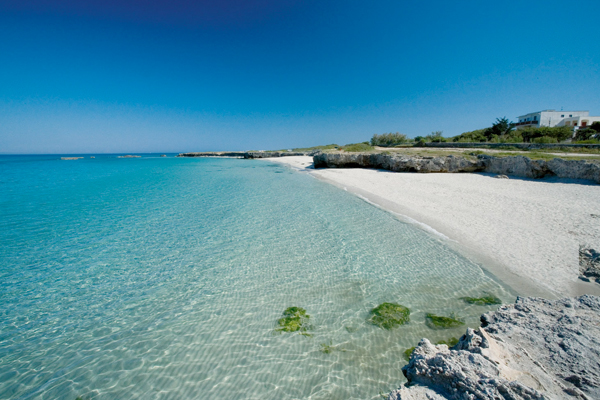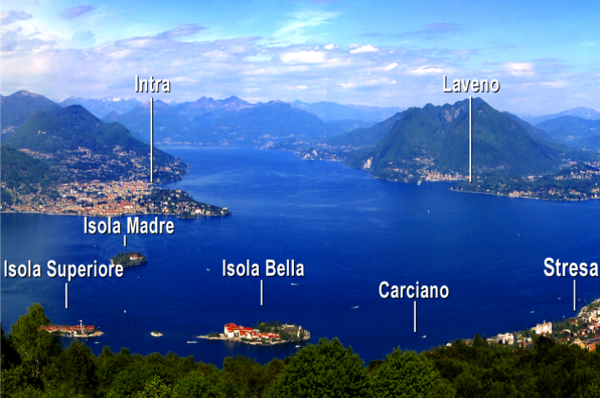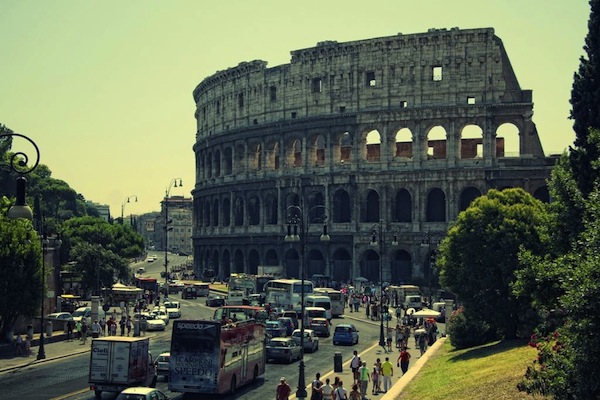When it comes to Italy, the question isn’t whether you can find enough things to do, but whether you’ll have enough time to see and do everything on your ‘must-do’ list. (Chances are you won’t!) Because of the wealth of choice available, picking a region and itinerary of attractions can be a somewhat overwhelming endeavour, even for those who have been to the country in the past. Even the simple task of choosing your Italian vacation accommodation can be daunting. However, for people visiting Puglia (or Apulia, as it is otherwise known), the choice is much easier.
Puglia, the Breadbasket of Italy
It would be hard to pinpoint a ‘signature’ image for Puglia. The heel of Italy borders both the Adriatic and Ionian seas, with its coastlands, woodlands, farmlands, vineyards, olive groves, and even swamplands, existing alongside medieval hilltop villages and industrialised towns. At its heart, however, Apulia is a breadbasket, specialising in the production of food, whether as growers, ‘catchers’, or manufacturers. Farms and fishing villages still make up the bulk of its communities, and the way of life remains predominantly slow-paced and agricultural.
It is this protectiveness of the land that is so integral to their simple yet authentic way of life that has captivated the rest of Europe and the world, and has given rise to a new and fast-growing type of tourism: agriturismo. Agriturismo not only allows travellers to experience authentic Apulian life, but also offers unique and historical Italian vacation accommodation options that can only be found here: masserie and trulli. In fact, some of these places are attractions in themselves. In addition to the trulli and masserie are both modern and traditional hotels, villas, and apartments.
Where to Stay
The basic concept of agriturismo is simple. As implied by its name, agriturismo is a farm-stay, a working farm that also serves as an Italian vacation accommodation for travellers. However, if you’re imagining run-down stable-like rooms, you couldn’t be more wrong. Typical agriturismo inns are more like apartment, villa, and hotel annexes that offer beautiful and comfortable living spaces and superb services.
Masserie, for example, such as the exceptional Masseria Cupina, are grand structures that were once the main buildings of agricultural estates but that have been converted into boutique hotels (complete with swimming pools). A tour of the farm is generally included, but you won’t be expected to do any chores-although you certainly could if you wanted to! Trulli – traditional Apulian dry stone huts with conical roofs, such as the charming Trullo Pietra, which is converted into a villa – are another unique Italian vacation accommodation option available only in Puglia.
Visit Lecce
You may choose to stay close to the lovely town of Lecce. With its wealth of Baroque architecture, this is a great place to start an exploration of the province. Lecce has been described by many as the most beautiful city in Italy, with its stone buildings acquiring a cream and gold effect in the sun. Among its more than 40 churches is the Basilica di Santa Croce, which is perhaps the most ornate, with a façade featuring cherubs, magical beasts, and even the odd dodo. This can be quite a surreal sight, especially at night, when the outdoor lighting further dramatises the effect. Piazza Sant’Oronzo is another must-see in Lecce, with the massive Roman amphitheatre providing a stark contradiction to the bombastic style of the rest of the city.








